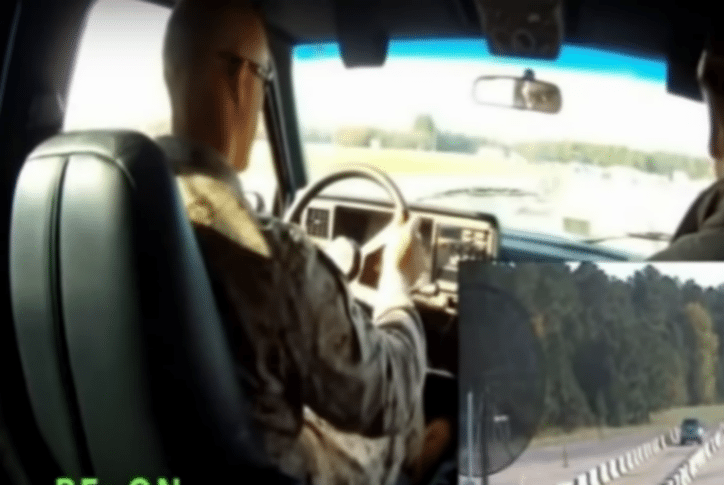The government's version of a car tech idea is both bad ass and scary with a new radio frequency engine stopper.
In the age of car tech wonderment, the possibilities seem endless. Yes, that's a very very trite statement, but it seems like everyone including the government, is getting in on the action. As reported by Popular Mechanics, the Pentagon's Joint Non-Lethal Weapons Program (JNLWP) is looking to weaponize (scariest word ever) a new system that can stop cars and trucks as they're being used.
Check out this video below:
We've heard about this car tech idea in terms of hackers breaking into newer cars' computer systems including taking over GPS, steering wheels, and engines. The Radio Frequency Vehicle Stopper takes over a targeted vehicle by sending out radio waves to its electronics and stopping it in its tracks. This is actually a great advancement as the technology is being regarded as something that can help combat runaway vans and trucks that have been plowing into crowds in recent years.
Testing the Tech
The Radio-Frequency Vehicle Stopper, as it has been dubbed, uses high-power magnetron (amazing word) tubes to generate intense radio-frequency pulses that interfere with a vehicle's electronics. It shuts the vehicle down and locks it up, essentially. Testing of this system has shown that it's worked about 80% of the time and it's only getting better.
Stopping Them in Their Tracks
A non-lethal weapon that uses this kind of technology (microwave radiation) to attack an electronic target has to use multiple frequencies. It's targeting specific parts of the vehicle while making other parts vulnerable at different frequencies. The microwave vehicle stopper can be useful against attackers using vehicles to target civilians, offering something that police forces have yet to find a remedy for.
The JNLWP is receiving two versions of this car tech idea including a small version which can fit in the back of a truck and stop vehicles about 50 meters out; and a much larger version that can focus on vehicles a few hundred meters out.
NEXT: A Techy Takeover at the 2018 New York Auto Show
Watch




